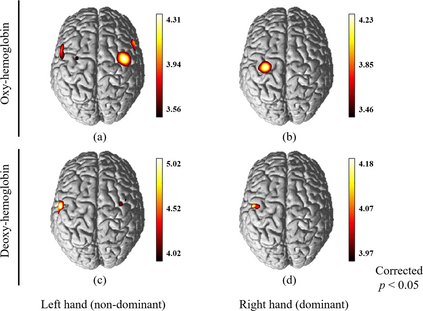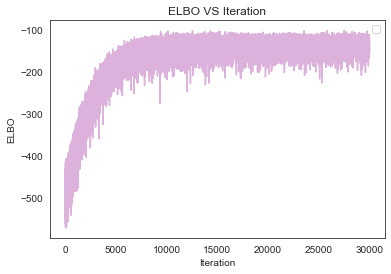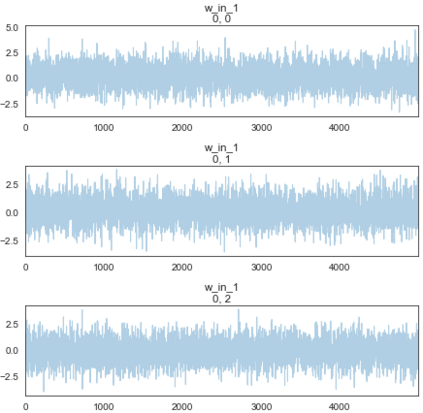Functional Near-Infrared Spectroscopy (fNIRS) is a non-invasive form of Brain-Computer Interface (BCI). It is used for the imaging of brain hemodynamics and has gained popularity due to the certain pros it poses over other similar technologies. The overall functionalities encompass the capture, processing and classification of brain signals. Since hemodynamic responses are contaminated by physiological noises, several methods have been implemented in the past literature to classify the responses in focus from the unwanted ones. However, the methods, thus far does not take into consideration the uncertainty in the data or model parameters. In this paper, we use a Bayesian Neural Network (BNN) to carry out a binary classification on an open-access dataset, consisting of unilateral finger tapping (left- and right-hand finger tapping). A BNN uses Bayesian statistics to assign a probability distribution to the network weights instead of a point estimate. In this way, it takes data and model uncertainty into consideration while carrying out the classification. We used Variational Inference (VI) to train our model. Our model produced an overall classification accuracy of 86.44% over 30 volunteers. We illustrated how the evidence lower bound (ELBO) function of the model converges over iterations. We further illustrated the uncertainty that is inherent during the sampling of the posterior distribution of the weights. We also generated a ROC curve for our BNN classifier using test data from a single volunteer and our model has an AUC score of 0.855.
翻译:近红外光谱仪(fNIRS)功能性近红外光谱仪(FNIRS)是一种非侵入性的大脑-计算机界面(BCI)形式。它用于脑电动成像,由于它与其他类似技术相比具有一定的优点而越来越受欢迎。它的总体功能包括大脑信号的捕捉、处理和分类。由于血液动力反应受到生理噪音的污染,在过去的文献中已经采用了几种方法,将反应与不受欢迎的反应区分为焦点。然而,迄今为止,这种方法没有考虑到数据或模型参数的不确定性。在本文件中,我们使用Bayesian Neural网络(BNNN)在开放访问数据集上进行二元分类,包括单向手指取用(左手和右手手指取用)。由于BNNE统计数据的概率变化,B的数值和模型在进行分类时,我们用Variation(VI)来训练我们的模型。我们模型的精确度的精确度也用OIL的精确度,我们用OIL的精确度 30 的精确度,我们用O的精确度的精确度的精确度做了一个比VI 。











